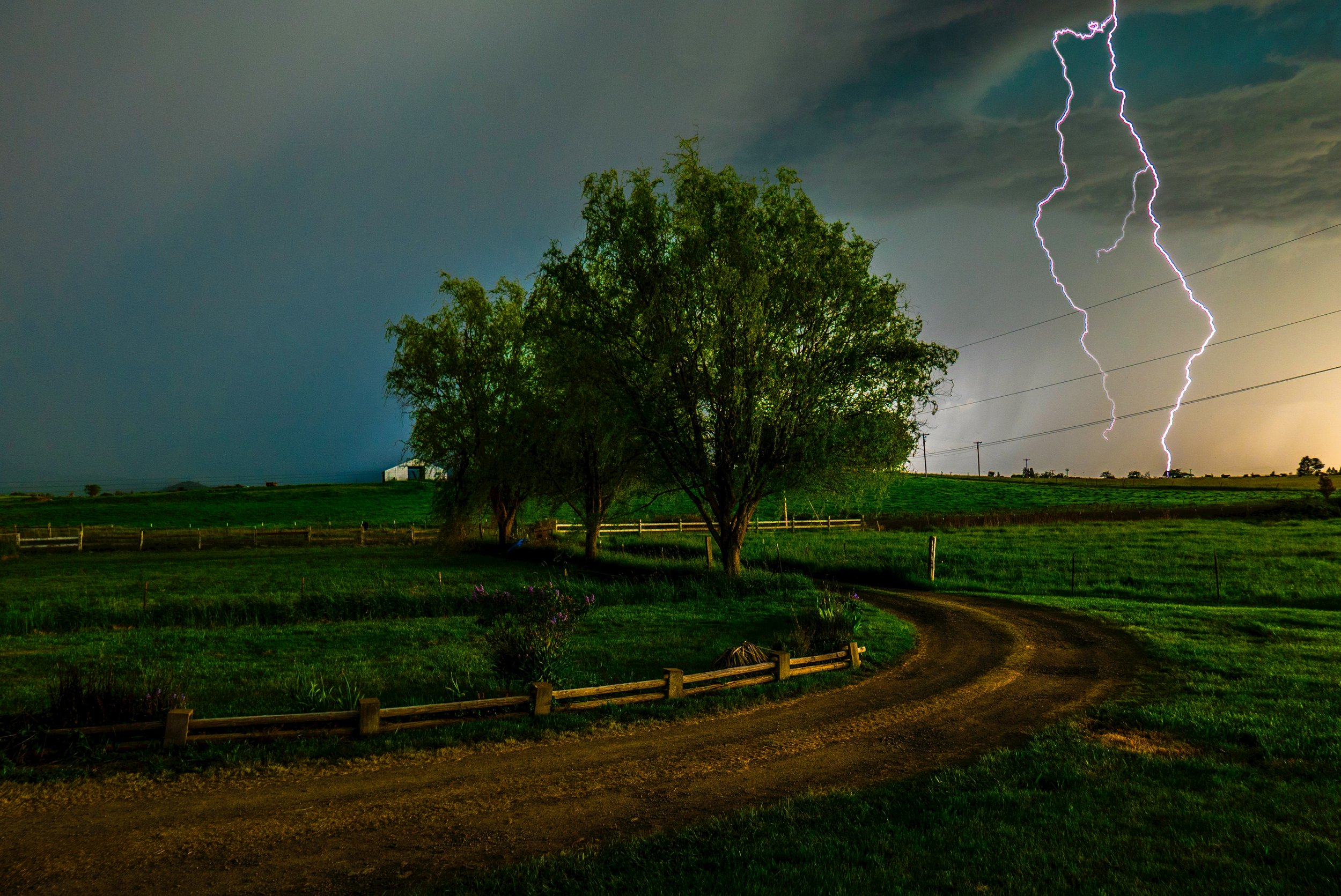Are you missing valuable water opportunities?
It is not always how much you get, rather how much you keep.
As summer wears on and many of us are heading into dry months and even drought like conditions, we are thinking about rain. In our fossil fuel driven world, often little attention is paid to valuable, free resources such as rainwater. In the “modern” world much of our design is to get the water off the land as quickly as possible instead of giving little thought to how to keep it, as we have had the luxury of pumping ancient “fossil water” reserves from deep aquifers. There is increasing awareness around this issue with glacier fed rivers running dry or seasonally low, wells drying, and so forth. Instead of diverting water directly from source to sink, if you look at the resources on your property, I am confident that you can find ways of harvesting this life giving gift from the sky, keep in circulation on your land longer, and help to begin restoring the small water cycles.
Storms can be exciting opportunities when you are set up for water harvesting.
Many properties have an incredible untapped resource in building roofs. You will be astounded at how much water you can harvest from your structures. We recently did a calculation for a client that had a large 250 X80 foot indoor arena in a semi-arid climate. Although larger than most people’s structures, we can use it as an example of the possibilities. This structure has 20 000 square feet of roof surface area. It is tinned so we use a co-efficiency factor of 0.95 for this roofing material (meaning in an average rainfall 95 % of the water can be recovered). For every mm of moisture (rain, snow, dew…), this roof has the ability to harvest 388.3 gallons (1765.2 liters) of water. This is 17.65 cubic meters….WOW! Imagine what a good rain event like a thunder storm could bring you?
Many farms have untapped water harvesting potentials
If you have tin roofs, this water even has the potential to be potable with proper harvesting techniques. Rain barrels can be simple, properly designed, catchment vessels under a downspout, or complex with large underground, year round holding cistern systems. The water can be used to water your gardens and plants as this is this is soft water which to them is much preferred to most well water, or if the system is designed for it, can even be used to water livestock.
Rain water is sweet, soft water and can be a good source for drinking with proper harvesting teqhniques.
Whether you are a new build or retrofitting an existing property, there is are many things that can be implemented to help you to become drought resilient and to in turn help restore the ecology of your area.




